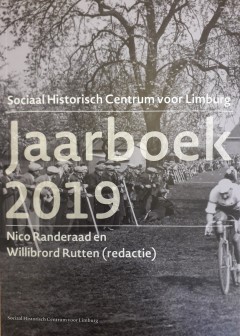De jaargetijden van het Limburgse leven. Seizoenbewegingen in huwen en geboorten, 1810-1940.
DOI:
https://doi.org/10.58484/ssegl.v64i12314Trefwoorden:
negentiende eeuw, twintigste eeuw, rurale geschiedenis, demografische geschiedenis, LimburgSamenvatting
Inhabitants of the province of Limburg are often considered to differ from the Dutch in general. The seasonal pattern of marriages and conceptions provides us with insights in the intimate details of the lives of historical actors, and thus allows us to see whether or not this hypothesis is correct. In the entire country, the choice of marriage month is clearly determined by the changing seasonal duties in agriculture. So, May, between sowing and harvesting, and the month in which labor contracts changed, was favorite. In Limburg, however, most marriages were contracted slightly earlier, in April. The Catholic Church did not allow marriages during Lent and Advent. This we find in the low number of marriages in March and December, most notably in the Catholic province of Limburg. Conceptions followed approximately the same pattern, although Limburg Catholics were less obedient in this respect. In general, one has to conclude that the traditions governing the date of marriage and conception were consistent in time, be it that the 20th century came with slight changes. And Limburgers were absolutely Dutch with only a few provincial deviations.
Downloads
Gepubliceerd
Nummer
Sectie
Licentie

Dit werk wordt verdeeld onder een Naamsvermelding-NietCommercieel 4.0 Internationaal licentie.



